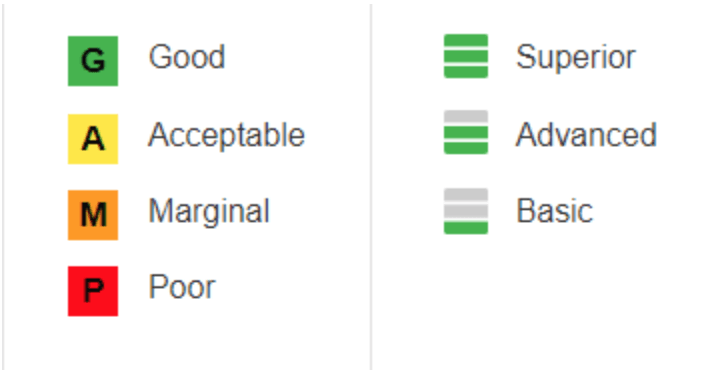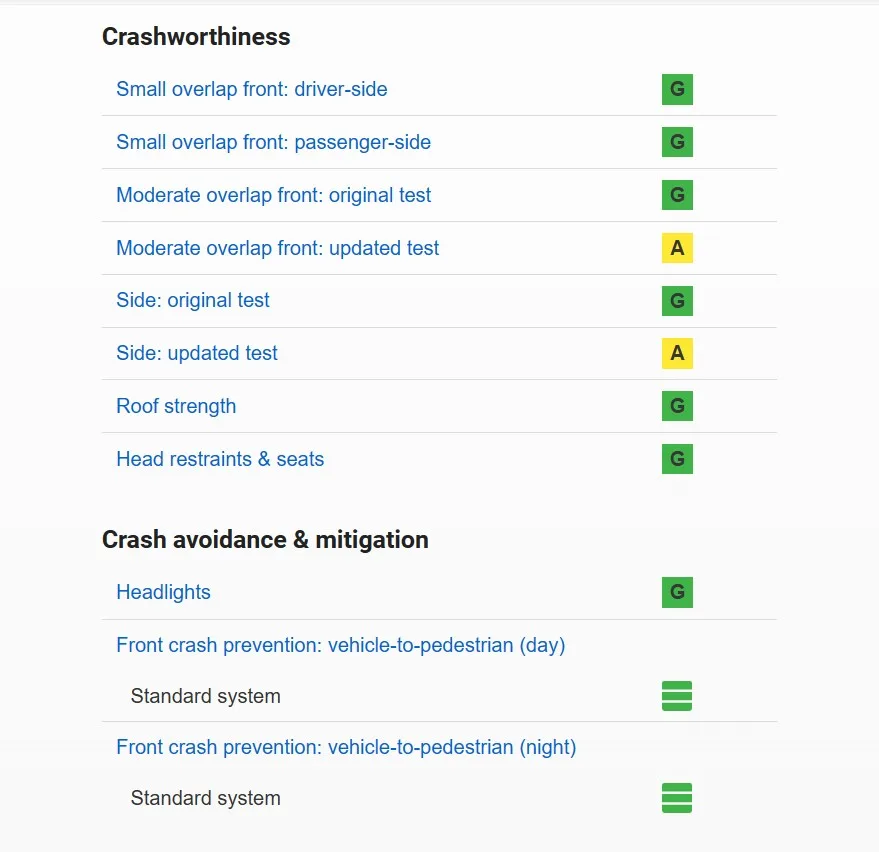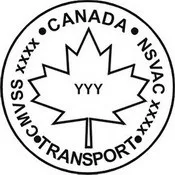What are car safety ratings in Canada?
A car’s safety rating is determined by a series of crash tests and the vehicle’s safety features. Car safety ratings in Canada are vehicle safety scores that are used to determine how well a vehicle will protect you in a crash or help you avoid a crash. These scores are determined by multiple institutions based on a series of crash tests.
You can use Canadian car safety ratings to determine how safe the car you want to buy is overall. You can also use these ratings to see how the car performs in certain situations – for example, if you get into a rollover or are involved in a head-on collision.
How to check your car’s safety ratings
There are three main institutions that set car safety ratings in Canada. Each institution has a different rating system to show vehicle safety.
1. The National Highway Traffic Safety Administration (NHTSA)
The NHTSA is a US-based institution that rates vehicle performance based on a 5-star safety rating program. A 5-star rating is the highest a vehicle can get, while 1 star is the lowest. These ratings provide an overall score, as well as separate scores for different crash categories. They are posted online and on window stickers for new vehicles.
NHTSA rating system example
An example of this rating system is shown below for a 2024 Toyota Corolla.

2. The Insurance Institute for Highway Safety (IIHS)
The IIHS is a not-for-profit based out of the US that uses a classification system to rate vehicles from poor to good, or from basic to superior. Results are represented visually on a colour-coded scale (as shown in the image below).

IIHS rating system example
An example of this rating system is shown below for a 2023 Toyota Corolla.

3. Motor Vehicle Safety Regulations (MVSR)
Vehicle manufacturers and importers must adhere to the standards set by the Motor Vehicle Safety Regulations (MVSR) in Canada. Drivers can look for the national safety mark on vehicles and child car seats as an indicator of reliability.
Why does a car safety rating matter?
Canadian car safety ratings can be a critical factor when it comes to saving your life in a collision. According to the IIHS, the driver of a vehicle rated as “good” is 70% less likely to die in a left-side collision than the driver in a vehicle rated as “poor.” When you’re selecting your next car, check its safety ratings from both the NHTSA and IIHS to ensure that you’re making a solid decision based on more than just getting a good price at the dealership.
What types of crash tests are Canadian car safety ratings based on?
Crash tests may be different based on which regulatory body you’re looking to for the best car safety ratings in Canada. You can expect some of the following crash tests to be performed:
| Test | Scenario |
|---|---|
| Frontal crash tests | Sends vehicle into a head-on crash at 35 mph and evaluates crash test dummies for injuries. |
| Side barrier tests | Crashes a heavy barrier into a standing vehicle at 38.5 mph and evaluates crash test dummies for injuries. |
| Side pole tests | Pulls the side of a vehicle into a pole on the driver’s side at 20mph and evaluates crash test dummies for injuries. |
| Rollover and roof strength tests | Tests how likely a vehicle is to flip over during a sharp turn or similar and assesses how strong the roof is. |
| Accessories tests | Examines the efficiency of headlights, mirrors, backup cameras and anchors for car seats, among other things. |
Driver assistance systems
Modern vehicles also come with a host of advanced driver assistance technologies to help you stay safe on the road. These features have the potential to reduce the risk and occurrence of accidents, so they’re an important factor to consider when choosing a car.
For example, the NHTSA recommends looking for a car with technology such as:
- Forward collision warning system
- Lane departure warning system
- Dynamic brake support and crash imminent braking systems (automatic emergency braking)
Other driver assistance systems to look for include:
- Rear cross traffic warning alerts
- Blind spot warning systems
- Pedestrian automatic emergency braking systems
- Rear automatic braking systems
- Blind spot intervention systems
- Adaptive cruise control
- Lane centering and lane keeping assistance
How to maintain the safety of your vehicle
There are a few ways that you can keep your vehicle safe beyond getting a car with special safety features or a high car safety rating:
- Get regular inspections. Get your car inspected every year to make sure it’s in good working order.
- Perform routine maintenance. Book in for regular oil changes and keep an eye on filters, lights, wipers and other parts that might need replacing.
- Obey traffic laws. Wear your seatbelt, avoid speeding or driving under the influence and obey other traffic laws to protect yourself when you’re on the road.
- Take a driving course. Enroll in a defensive or safe driving course to learn good habits and driving skills.
Bottom line
Canadian car safety ratings are defined by crash tests carried out by car safety rating institutions. Each institution uses a different grading system to determine what car safety rating your vehicle receives. Find out which car safety rating systems you should keep an eye on to find the safest cars in Canada.
Frequently asked questions
More guides on Finder
-
Best used cars to buy in Canada
Shopping for a used car to buy in Canada? Check out these 12 options to suit any budget.
-
10 best cars under $30k in Canada
Buying on a budget? These are the best new cars for $30k or less in Canada.
-
Best cars to buy in Canada
Whether you want a small car, a family sedan or a luxury SUV, these are the best cars to buy in Canada.
-
How much is the average car payment in Canada?
Looking to buy a new car? Find out how much Canadians will typically spend on car payments.
-
Best car-buying apps in Canada
Your guide to the best apps and sites to help you buy a car in Canada.
-
7 steps for importing a car into Canada
Looking to import a car into Canada? Find out what steps you’ll need to take and what barriers you might face.
-
Best cars under $25k in Canada
No matter what you’re looking for in a vehicle, these are the best budget cars in Canada.
-
Fees and charges when buying a new or used car in Canada
Find about the fees and charges you need to pay on top of the MSRP when buying a car.
-
How to buy and finance a Tesla in Canada
Most cars are an investment, but none so much as a Tesla. If you’re looking at purchasing one, this guide will show you how to find the best model for you and how to make your purchase.
-
How much car can I afford?
Learn how to calculate how much car you can afford based on your salary and budget.

